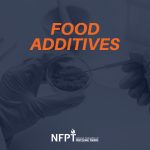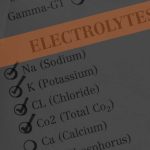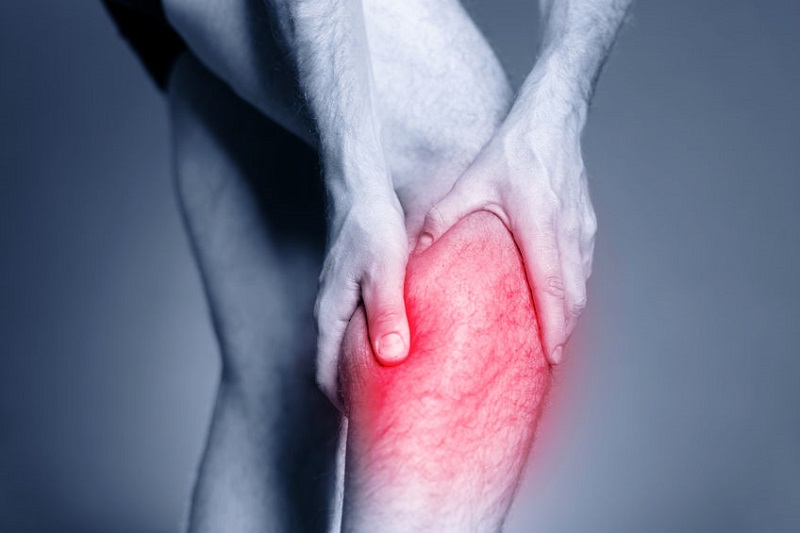
There is more than one way to approach muscles cramps. Massage is one way to help relax the affected area. Nutrition is another avenue to explore when seeking to relieve the tension.
What is a Charley Horse?
A Charley Horse is a miscommunication in the body. It is defined by spontaneous cramps that jut unmistakable and potentially excruciating pain and tension. Charley horses usually leave an individual sore and in some cases dormant for several minutes, even hours.
What causes a Charley Horse?
These muscle miscommunications are often the result of certain foods, drinks, and or a diverse level of nutrient deficiencies or an overabundance thereof.
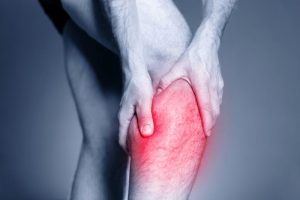
Inflammatory responses that send pain receptors into overdrive most often require a measured and maintained balance of the nutrient known as magnesium to abolish the increased inflammation between one’s nerves and muscles. The muscle spasms are caused by either too much magnesium being released or lack there-of in one’s body.
How do you get rid of a Charley Horse?
- Supplement with magnesium but should check with your doctor on dosage.
- Consume Adaptogens such as Rhodiola Rosea and Ashwaganda in combination with any of, or a combination of; cherry juice, cayenne pepper, spinach, or green leafy foods which contain high levels of natural magnesium.
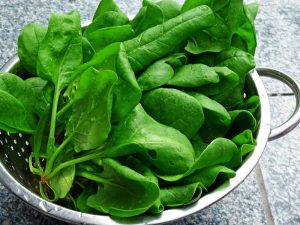
- Avoid foods & drinks such as beans, legumes, and peanuts which help heal and prevent, by way of a stabilized amount of phytates.
- Avoid gluten, which has been deemed to increase inflammation
- Avoid alcohol, which can cause joint pain, dehydration, and a double the excretion rate of the nutrient magnesium.
- Avoid or at least limit sugar because it causes overproduction of insulin which increases the blood flow, imputing excessive amounts of pressure against the nerves and or nervous system.
The muscles and nerves are said to absorb the mineral magnesium at within approximately 95% of its entirety whereas the mineral excretes the other 5% through-out. Other foods to elude are overabundances of caffeine, dairy, energy drinks, pizza, cold cereals, fried foods, and desserts.
A specific Agonist of glutamate, otherwise known as a neurotransmitter, acting as receptors is known as N.M.D.A.. This stands for N-Methyl-D-Aspartic acid. This receptor acts as that receptor that mimics glutamate. N.M.D.A. is also known as a receptor antibody encephalitis, an acute form of brain inflammation, that is potentially lethal, but has a potentially high recovery rate with treatment. These treatments can include but are not limited to corticosteroids, intravenous immunoglobulin (IVIG), plasma exchange, and Azthioprine.
The underlying mechanism, with a primary target in mind, should be to maintain a well-balanced diet and exercise regime at all times, to include most importantly stretching.
Inform your clients that diet and nutrition affect more than just their weight. Referring clients to a nutrition specialist can help them in a multitude of ways.

Meet the Author
Lynette S. Maryea is an NFPT Certified Personal Trainer. She is a highly motivated and independent 38-year-old woman who loves the anatomy and functioning of the human body. She loves learning, she loves writing about what she learns, and most importantly she loves living an active healthy lifestyle.
[info type=”facebook”]Join the conversation on the NFPT Facebook Community Group.[/info]






